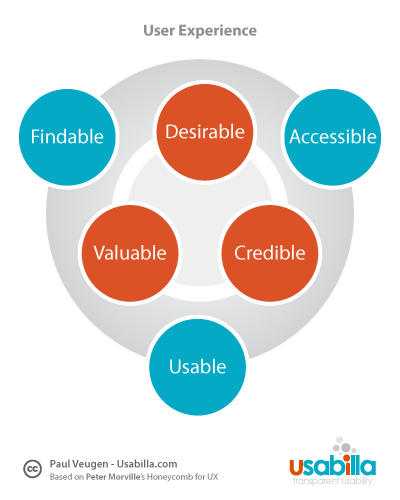Mobile phones. They are the future. I’ve been saying that for awhile and giving no mulligans to those companies who are not embracing mobile or who are embracing it in a singular fashion (i.e. a company built on an iPhone app).
Most of us use iPhones, Android devices or Blackberries. Maybe a few odd people have a Palm Pré. We are mobile. We do email, stay in contact with friends and lovers via text message, Twitter, Facebook, and get driving directions via Google Maps. We find restaurants, bars, shopping and bus stops – all from our mobile devices. We play games, leverage the “nose down in the phone” as a “get away from me” messaging tool.
We use our phones for everything, don’t we?
Relatedly, I don’t even like to watch TV in real time. My shows are consumed via the web, and have sometimes been viewed on my phone.
Gone are the days of the traditional approach to media and findability. In an information now era, it’s important to have ambient findability… the ability to discover exactly what I want, at exactly the right time and on the right device. This is not a new concept either. Peter Morville wrote about it in his book Ambient Findability: What We Find Changes Who We Become (O’Reilly, 2005). He defines ambient findability as:

- The quality of being locatable or navigable.
- The degree to which a particular object is easy to discover or locate.
- The degree to which a system or environment supports navigation and retrieval.
This morning, I commented about how I wish the Black Keys, one of my new favorite bands, were coming to Austin. Of course, my omnipresent Twitter following were sure to inform me that the Keys were just at ACL Festival and had done off-ACL shows.
I would have known that had I Googled, but I didn’t.
Here’s the problem: With ambient findability, I should not have to proactively find out when my favorite bands are in town. This information should be delivered to me via text, email, or other notification. I should not have to remember to pick up the Austin Chronicle to find out where these shows may or may not be.
In a different world, if I’m walking around in downtown Baltimore, for instance, it would be awesome if I recieved some sort of notification when I’m in proximity of something that may be of interest to me. Foursquare recently announced some new initiatives that notify a user when they are in proximity of something on their to-do list. This is an excellent step in the direction of ambient findability.
These are the premises of findability that need to be included in every consumer-facing product and startup. It is the next generation of the web.
Photo Credit: Paul Veugen

